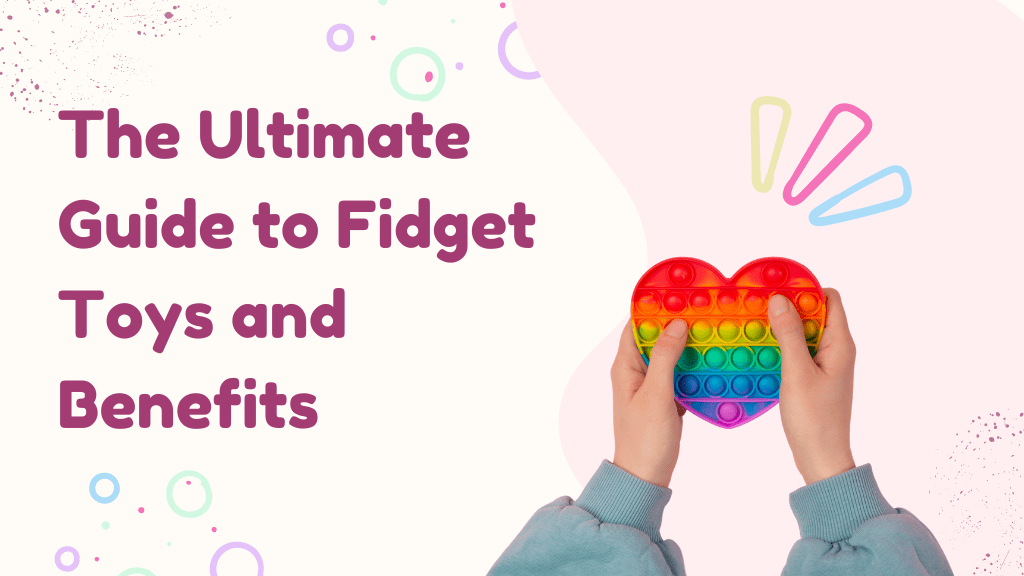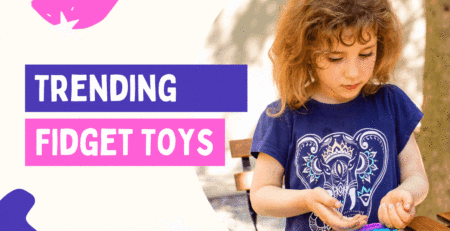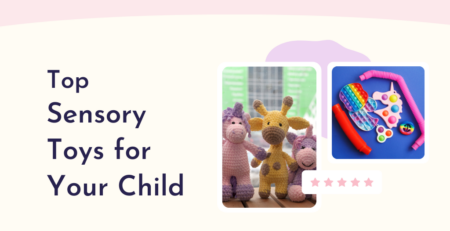The Ultimate Guide to Fidget Toys and Benefits
Fidget toys are becoming increasingly popular as a way to help reduce stress, improve focus, and increase concentration. Whether you’re looking for a way to help a child with ADD/ADHD, autism spectrum disorder (ASD), or any other attention-related disorder, fidget toys may be the answer. Here is an overview of the science behind fidget toys, explain the potential mental and physical health benefits they may provide, and take a closer look at the different types of fidget toys that are available. We also provide a range of kits, which contain all the popular fidget toys in one convenient package.
Let us understand some science behind sensory fidget toys. Studies have shown that movement promotes learning because it encourages the brain to stay active and alert. Fidgeting is a form of movement that can help the individual exercise the impulse for motion without negatively affecting attention and focus.
Sensory items or sensory fidget toys can also help people or kids with attention or anxiety issues. Fidget toys can provide an outlet for anxious behavior, helping individuals to exercise the impulse for motion without negatively affecting attention and focus. They can also help relieve anxiety in adults and children, as well as provide a calming effect during pre-surgery anxiety.
Fidget toys may also be beneficial for those with ADD/ADHD, autism spectrum disorder (ASD), and other attention-related disorders. People with these conditions tend to fidget but the more they move, the better they focus. Fidget toys can help kids and adults with an overall movement that enhances performance on cognitively demanding tasks. These sensory items provide some sort of distraction the brain needs without drawing attention away from the task at hand.
Looking at the different types of sensory fidget toys that are available. From squishy stress balls to fidget spinners, different toys offer different potential benefits. Some children require fidget toys that offer tactile versus visual attention – especially in a classroom setting whereas some children are recommended to get engaged in fidget puzzles, flashcards, and more to attain academic knowledge. Fidget spinners require hand-eye coordination which may draw focus and can be great sensory toys for kids.
Exploring the Different Types of Fidget Toys
With so many different types of fidgets for kids & adults in the sensory shop or sensory store, it can be overwhelming to choose the right one. Here is sufficient help, some of the most popular types of sensory toys or fidget toys in Australia are listed here with appropriate age of use, purpose, and benefits. Read, New Age Push it Pop it fidget toys for children, and more here.
Unlocking the Benefits of Fidget Toy Usage
Fidget toys can be beneficial for children with ADHD for a variety of reasons. Some of the benefits are:
- Improved focus: Fidget devices or sensory fidget toys can help children with ADHD enhance their focus and concentration on a task by providing a physical outlet for their excess energy.
- Reduced impulsivity: Sensory toys can provide an outlet for children’s need to move, which can help to reduce impulsivity and hyperactivity.
- Improved fine motor skills: Fidget toys are a great way to develop and improve fine motor skills, which are often affected by ADHD.
- Reduced stress and anxiety: Fidgeting can be a form of self-soothing, and fidget toys can provide children with a way to release pent-up stress and anxiety.
- Improved memory retention: The repetitive motion of fidgeting can help to improve memory retention in children with ADHD. Children stay engaged in an activity for longer periods of time, which can improve their concentration and helps in increased memory retention.
How to Select the Right Fidget Toy for You or Your Child?
Selecting the right sensory fidget toy can be an important decision when it comes to helping children focus, reduce anxiety, and improve their sensory processing. To make sure you pick the right toy for your child, it’s good to take the following factors into consideration:
- Sensory Preferences: Different fidget toys for different sensory preferences in different children. Evaluate what kind of sensory input is required for your child, whether it’s a soft squishy toy or a brain-storming puzzle.
- Functionality: Make sure to get a fidget that serves a purpose. It should help your child with their focus, anxiety, or sensory needs. It should be a stress-relief toy, not any reward.
- Noise: Some children are not fond of noise or sound but for those who enjoy toys with audio then the choice should be made accordingly.
- Color: Some children are fond of fidgets of their favorite color tones whereas some can’t tolerate flashy colors in toys, so choose ones that are a good fit for their choice.
- Teaching: Once you’ve chosen the right fidget, it’s important to teach your child how to use it properly. Help them learn that a fidget is a great tool for learning.
- Cost: While choosing a fidget toy, the cost should be considered. It is also an investment in an enhanced focus and reducing anxiety. Now a cost-effective option to buy fidget toys has been added and that is paying for sensory toys with Ndis funding.
Fidget toys can be a valuable tool for helping children stay focused and calm, but it’s important to choose the right one and teach them how to use it properly.
**It’s important to note that sensory fidget toys are not a replacement for any treatment options such as therapy, medication, or behavioral therapy advised, rather they should be used in conjunction with other interventions.






Leave a Reply
You must be logged in to post a comment.